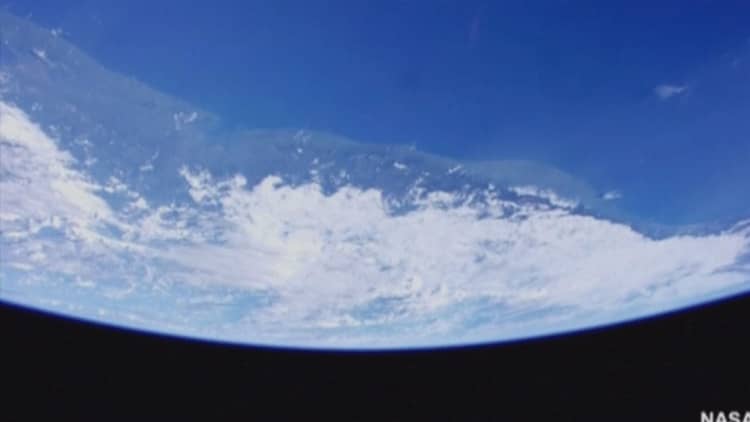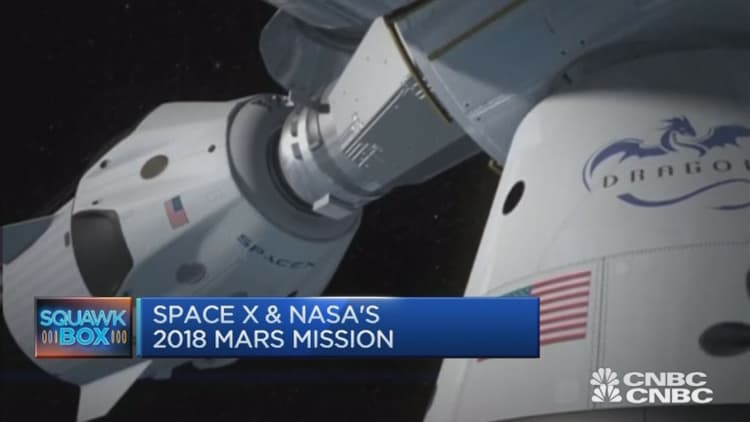
Scientists have found three planets about the size of Earth that may be able to support life.
The planets orbit an "ultracool dwarf," a star much smaller and cooler than the sun, but still possibly warm enough to allow for liquid water on the surfaces of at least two of the planets.
The planets have a "winning combination" of being Earth-sized, potentially habitable and well-suited for atmospheric studies, making them "the first opportunities to find chemical traces of life outside our solar system," study co-author Julien de Wit told CNBC in an email.
The team published its findings Monday in the peer-reviewed journal Nature.
This is the first time planets have been observed orbiting ultra-cool dwarves — though scientists had suspected that such stars could host small solar systems.

The researchers note in their paper that "there should be a large but hitherto undetected population of terrestrial planets orbiting" ultra-cool dwarves, "ranging from metal-rich Mercury-sized planets to more hospitable, volatile-rich, Earth-sized planets."
The team found the planets using the Trappist telescope, an optical system located in Chile but operated robotically from a control center in Belgium.
David Kipping, an astronomer at Columbia University who was not involved with the research, told the New Scientist that there "is a legitimate case to be made that this system could host life, and we may be able to infer the presence of that life in the next decade."
But not everyone is convinced the planets are habitable.
San Diego State University astronomer Jerome Orosz, told KPBS that two of the planets receive two to four times the amount of radiation Earth does, which "seems high."


